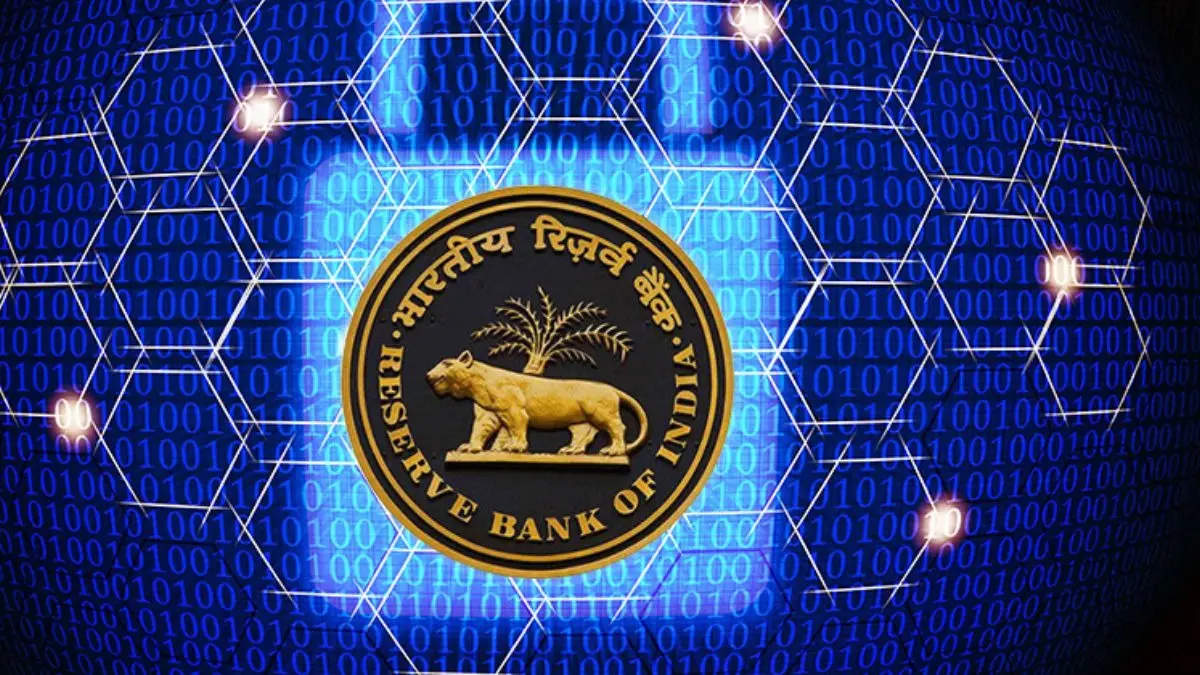
RBI Launches UMI: Tokenising Assets With Digital Rupee For Faster & More Accessible Investing | Image:
YouTube
In a significant move to modernise India’s financial markets, the Reserve Bank of India (RBI) has unveiled the Unified Markets Interface (UMI).
This new platform aims to revolutionise how financial assets are handled by leveraging blockchain technology and wholesale Central Bank Digital Currency (CBDC).
Announced by RBI Governor Sanjay Malhotra at the Global Fintech Fest 2025 in Mumbai, the initiative marks a step forward in asset tokenisation, promising greater efficiency and accessibility in the financial sector.
He stated, “I am happy to announce that the Reserve Bank has conceptualised the Unified Markets Interface (UMI), as a next-generation financial market infrastructure. UMI will have the capability to tokenise financial assets and settlements using wholesale CBDC. Early results from the inaugural pilot on the issuance of Certificate of Deposit, in improving market efficiency, are encouraging.”
What is the Unified Markets Interface?
The Unified Markets Interface (UMI) is conceptualised by the RBI as a next-generation financial market infrastructure.
It is designed to enable the tokenisation of financial assets, allowing them to be converted into digital tokens on a blockchain. This process facilitates seamless settlements using wholesale CBDC, which is a digital form of currency issued by the central bank for large-scale transactions among financial institutions.
Governor Malhotra described UMI as a tool that will “have the capability to tokenise financial assets and settlements using wholesale Central Bank Digital Currency.”
The platform builds on early pilots, including one for issuing Certificates of Deposit, which have shown promising results in boosting market efficiency.
Understanding Asset Tokenisation
Asset tokenisation involves transforming real-world assets—such as bonds, stocks, or real estate—into digital tokens stored on a blockchain.
This creates opportunities for fractional ownership, where investors can own smaller portions of high-value assets, making them more accessible to a broader audience.
During his keynote address at the Global Fintech Fest 2025 on October 8, 2025, Governor Malhotra emphasised the transformative potential of asset tokenisation.
He stated, “Asset tokenisation offers new possibilities for Indian financial markets in expanding access, improving transparency, and enhancing settlement efficiency through smart contracts.”
The technology also opens doors to global trading, as tokens can be exchanged across borders with reduced intermediaries.
Smart contracts, which are self-executing agreements coded into the blockchain, automate processes such as settlements, thereby reducing errors and delays.
Role of Wholesale CBDC in UMI
Wholesale CBDC plays a central role in UMI by serving as the settlement mechanism for tokenised assets. Unlike retail CBDC, which is for everyday consumer use, wholesale CBDC is tailored for institutional transactions, ensuring secure and instant settlements.
This integration aligns with RBI’s broader efforts in digital currency. The Digital Rupee (e₹), India’s CBDC, has already seen success in retail pilots with 19 banks and 7 million users.
Extending it to wholesale applications through UMI could streamline large-value trades and reduce reliance on traditional clearing systems.
Broader Context and Future Implications
UMI is part of RBI’s ongoing effort to establish digital public infrastructure (DPI) and drive inclusive growth. It complements other initiatives like the Account Aggregator framework and Unified Lending Interface, which focus on data sharing and credit access.
The remarks by the RBI Governor highlight the RBI’s commitment to innovation while maintaining stability in the financial ecosystem.
By integrating tokenisation, RBI aims to deepen financial inclusion, especially for underserved segments, and position India as a leader in fintech.
Looking ahead, the successful implementation of UMI could attract global investments, foster innovation in areas like AI and programmable payments, and address challenges such as digital fraud through enhanced security measures.
However, its rollout will require collaboration between regulators, fintech firms, and financial institutions to ensure interoperability and compliance.

